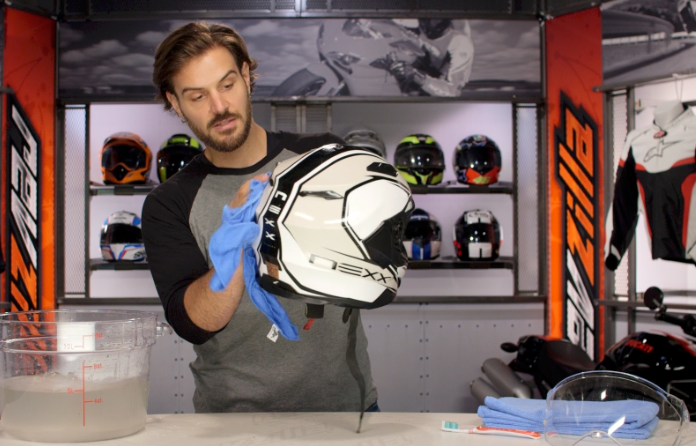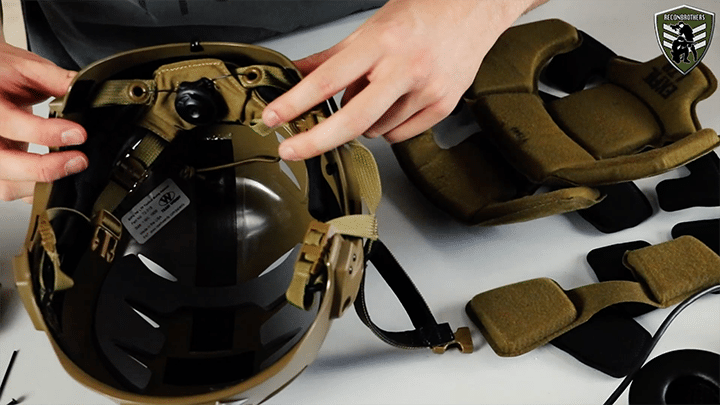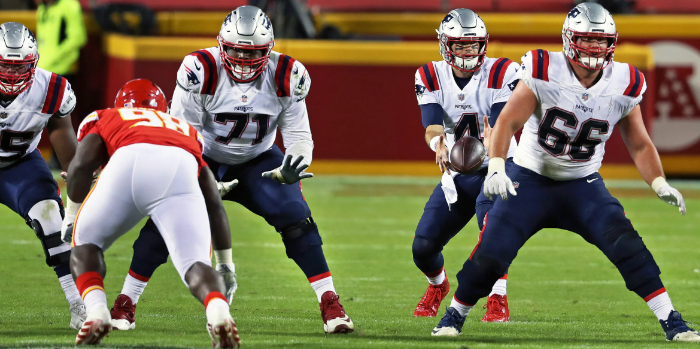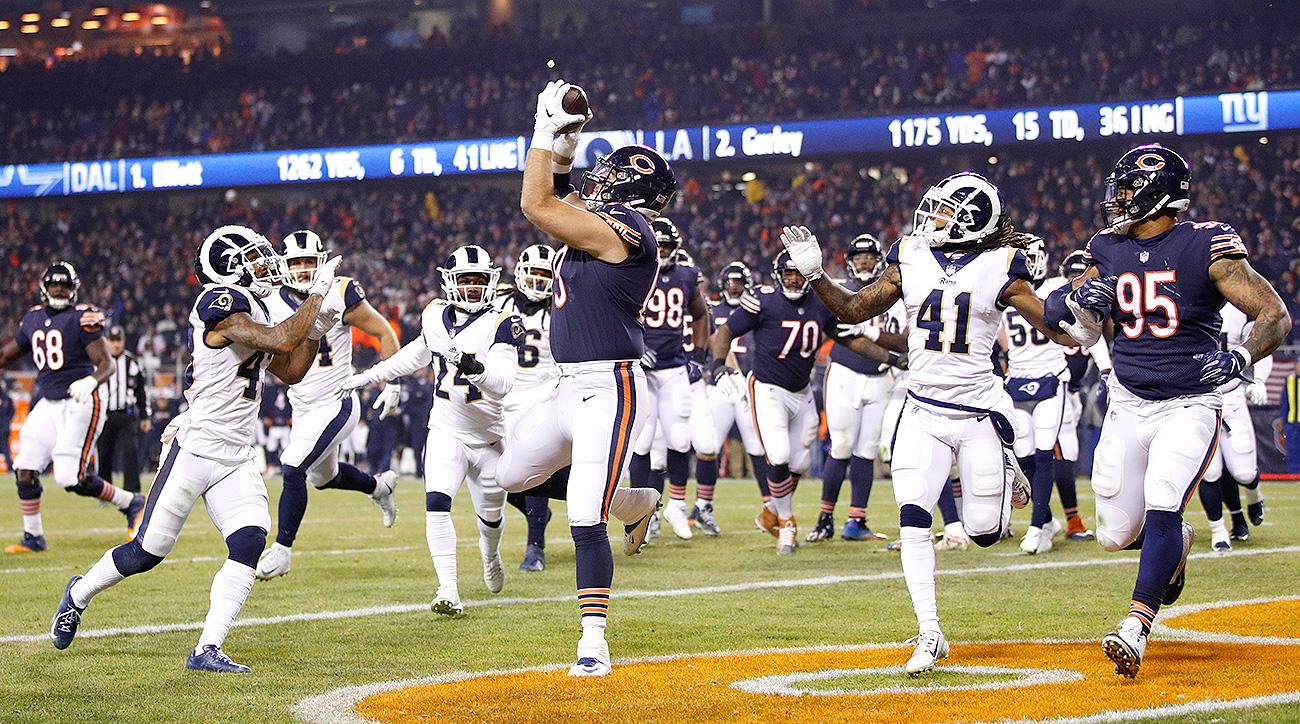In the dynamic world of American football, helmets stand as the cornerstone of player safety, shielding their heads from impact and injury. However, these protective marvels require regular care and attention to maintain their effectiveness and ensure optimal protection for players. Embark on a journey of helmet hygiene, discovering the essential steps to proper cleaning and maintenance, keeping your helmet in peak condition for every game and practice.

Gather Your Supplies: A Checklist for Helmet Care
Before delving into the cleaning process, ensure you have the necessary tools at your disposal:
- Mild soap
- Warm water
- Soft microfiber cloth
- Cotton swabs
- Compressed air
These simple items will form the foundation of your helmet care routine, ensuring a thorough and effective cleaning process.
Tackle the Exterior
Begin by removing any loose dirt or debris from the helmet’s exterior. Use a soft microfiber cloth to gently wipe down the shell, paying attention to areas that accumulate sweat and dust. For stubborn dirt or grime, dampen the cloth with warm water and mild soap. Avoid using harsh chemicals or abrasive materials, as these can damage the helmet’s finish.
Conquer the Interior: Refreshing the Lining
The helmet’s interior, in direct contact with the player’s head, requires careful attention to maintain hygiene and prevent odor. Remove any detachable padding or inserts and hand wash them with mild soap and warm water. For non-removable padding, use a damp microfiber cloth to wipe down the interior, ensuring thorough coverage.
Address the Vents: Clearing Airflow Passages
Vents play a crucial role in ventilation, preventing heat buildup and discomfort. Use a cotton swab to gently clean the vents, removing any accumulated dirt or debris. Compressed air can also be used to clear stubborn obstructions, ensuring optimal airflow.
Inspect for Damage: Ensuring Structural Integrity
After cleaning, carefully inspect the helmet for any signs of damage, such as cracks, dents, or loose components. If any damage is detected, immediately remove the helmet from use and consult a qualified helmet repair technician. Player safety should always be the top priority.
Storage and Protection: Preserving Your Helmet
When not in use, store your helmet in a cool, dry place away from direct sunlight and extreme temperatures. Avoid placing heavy objects on top of the helmet, as this can damage its structure. Proper storage will extend the helmet’s lifespan and maintain its protective capabilities.
Conclusion
Proper helmet cleaning and maintenance is an integral part of ensuring player safety and performance on the football field. By following these simple steps and prioritizing regular care, you can extend the life of your helmet, maximize its protective effectiveness, and contribute to a safer and more enjoyable game experience for all.




